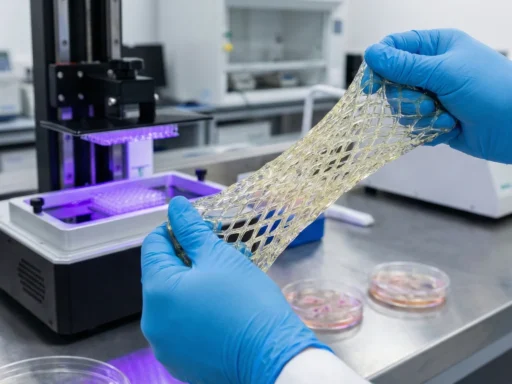In an outstanding demonstration of bio-inspired robotics, researchers at the Federal Institute of Technology Lausanne (EPFL) have engineered a robot elephant using a programmable, 3D-printable lattice structure. This breakthrough reproduces the entire range of biological tissues, from soft muscle to rigid bone, using a structure made from simple foam, reports Swiss Info.
A flexible lattice system developed by a team led by EPFL researcher Josie Hughes is at the core of the innovation. This structure replicates the musculoskeletal complexity of animals by combining mechanical diversity with robotic control.
Made from individual foam-based units, or “cells,” the lattice can be programmed to adopt more than a million configurations. These cells can then be shaped, positioned, and even superimposed to create a wide range of mechanical properties. A single cube composed of four stacked cells is capable of producing over four million various configurations.
“We used our programmable technique to build a musculoskeletal-inspired elephant robot with a soft trunk that can twist, bend and rotate, as well as more rigid hip, knee, and foot joints,” said postdoctoral researcher Qinghua Guan.
For this prototype, engineers leveraged dual programming capabilities to mimic different biological joints, such as a sliding plane joint (paw), a uniaxial flexing joint (knee), and a biaxial joint (toes). The trunk was created with separate lattice zones to replicate torsional, flexural, and rotational movements, ensuring seamless transitions across its segments.
Detailed in Science Advances, the research not only advances robotics but opens new horizons for structural efficiency. “Like honeycomb, the strength-to-weight ratio of the lattice can be very high, enabling very lightweight and efficient robots,” said Hughes. “The open foam structure is well-suited for motion in fluids, and even offers potential for including other materials, like sensors, within the structure to provide further intelligence to foams.”
Far from being ignored in any room, this robot elephant definitely illustrates Switzerland’s growing prominence in robotics research.






